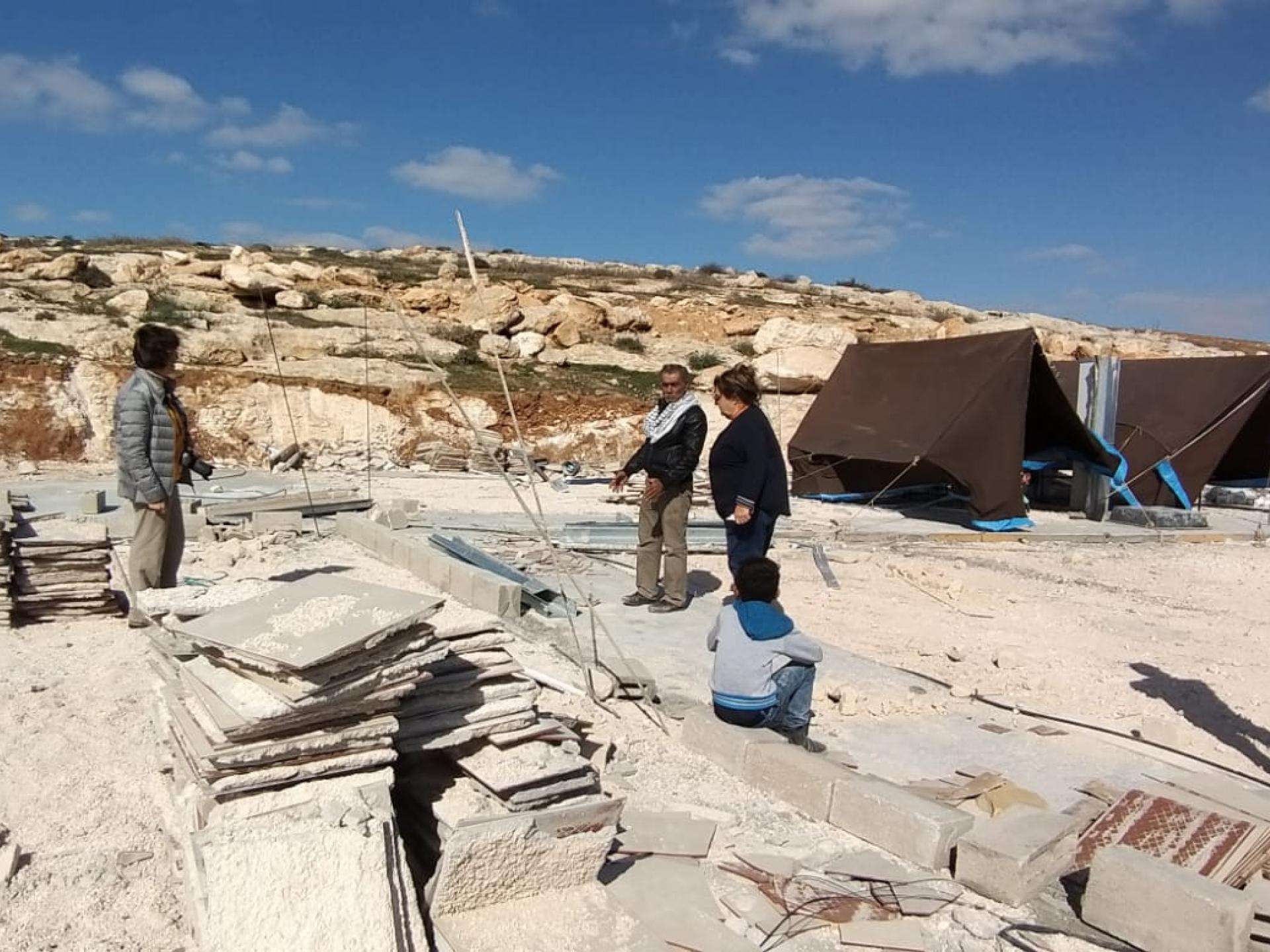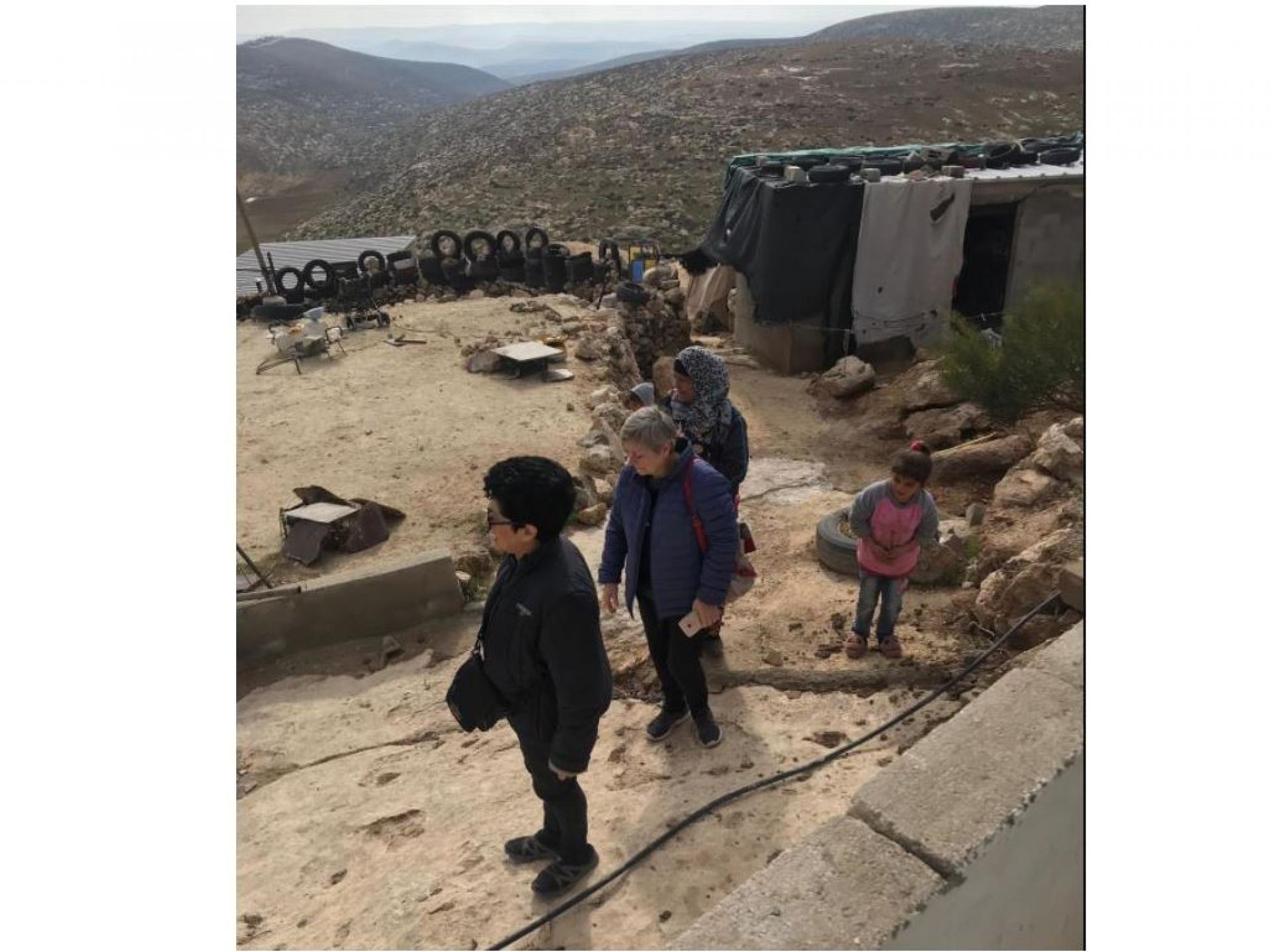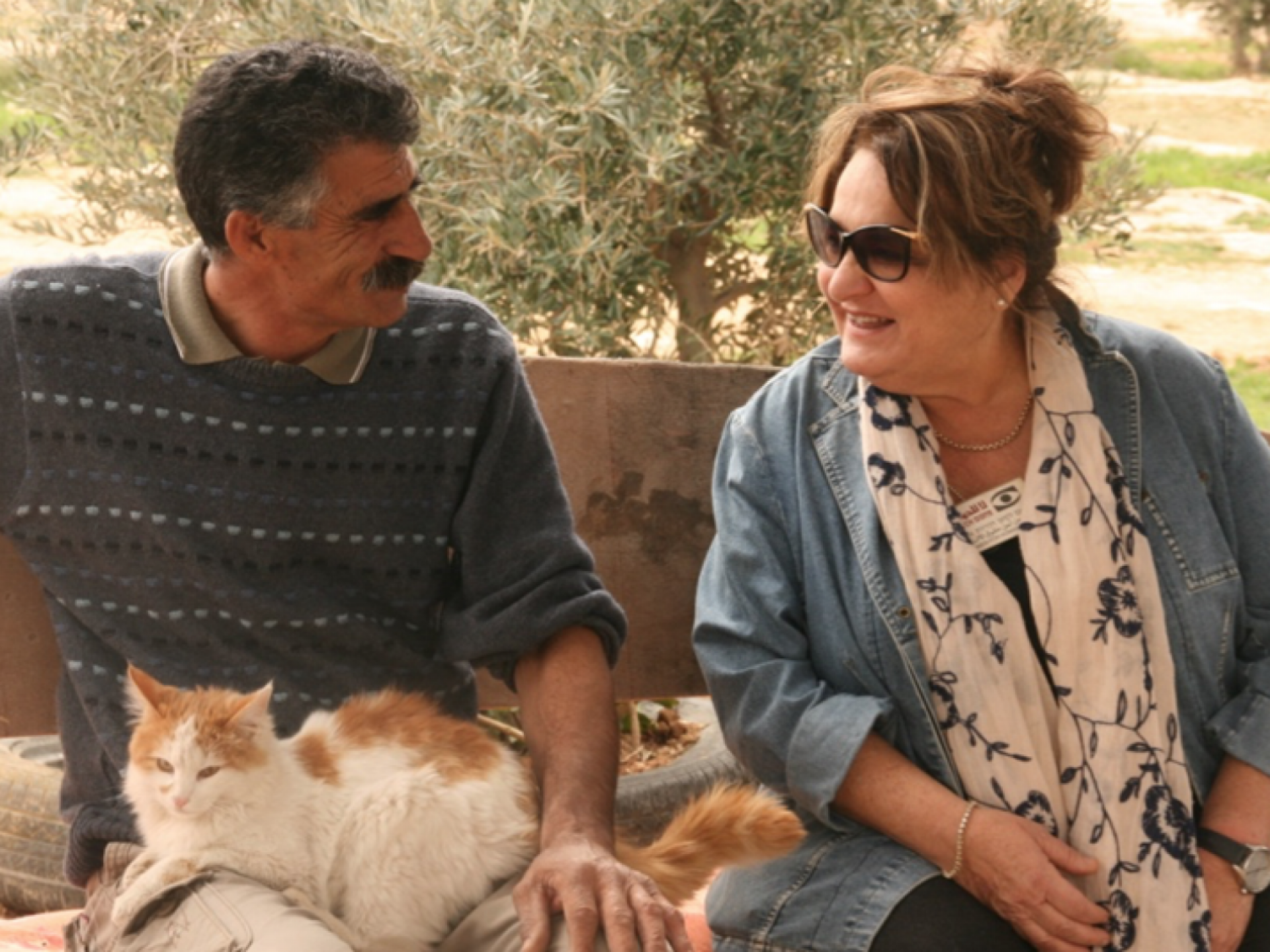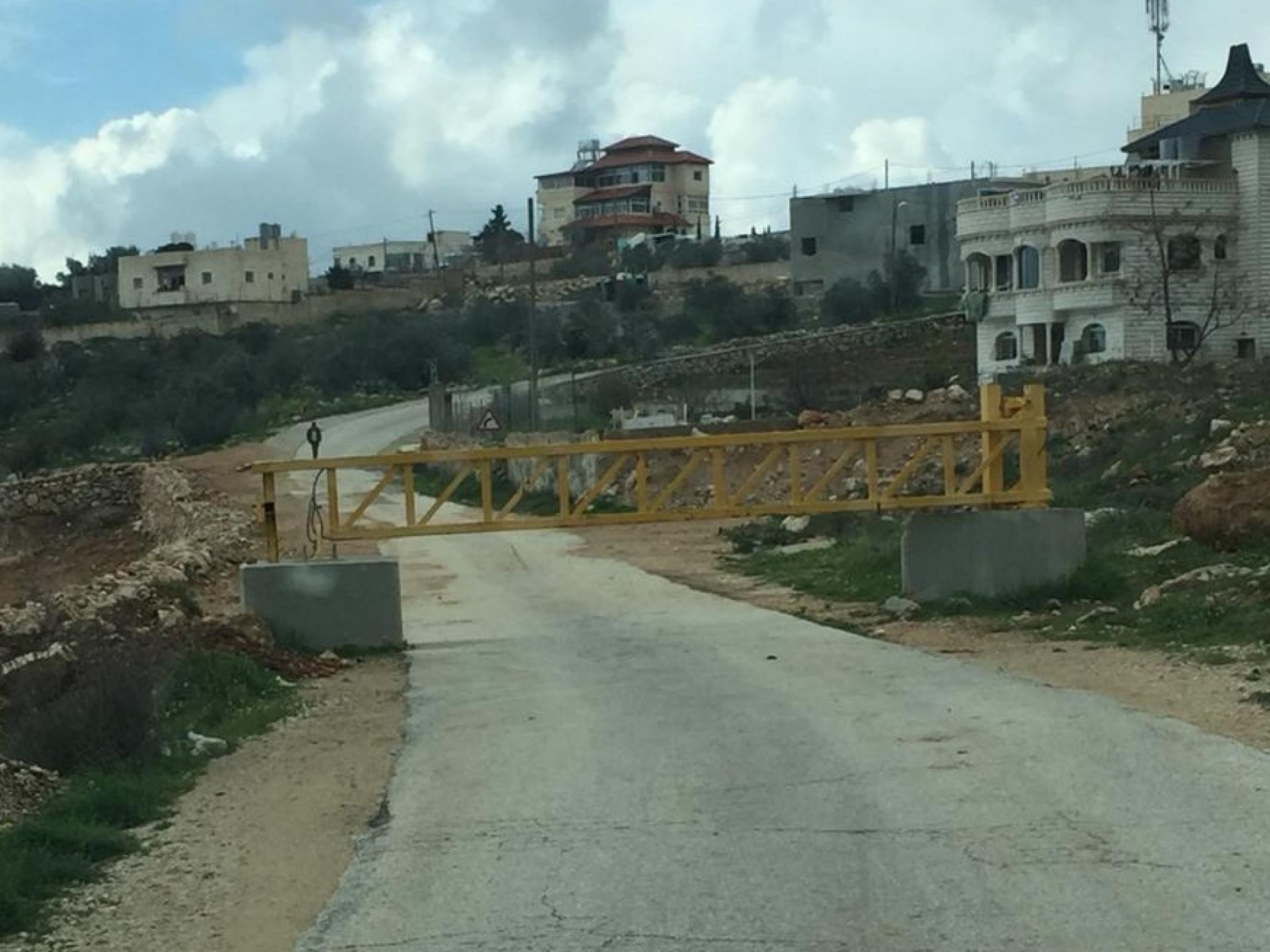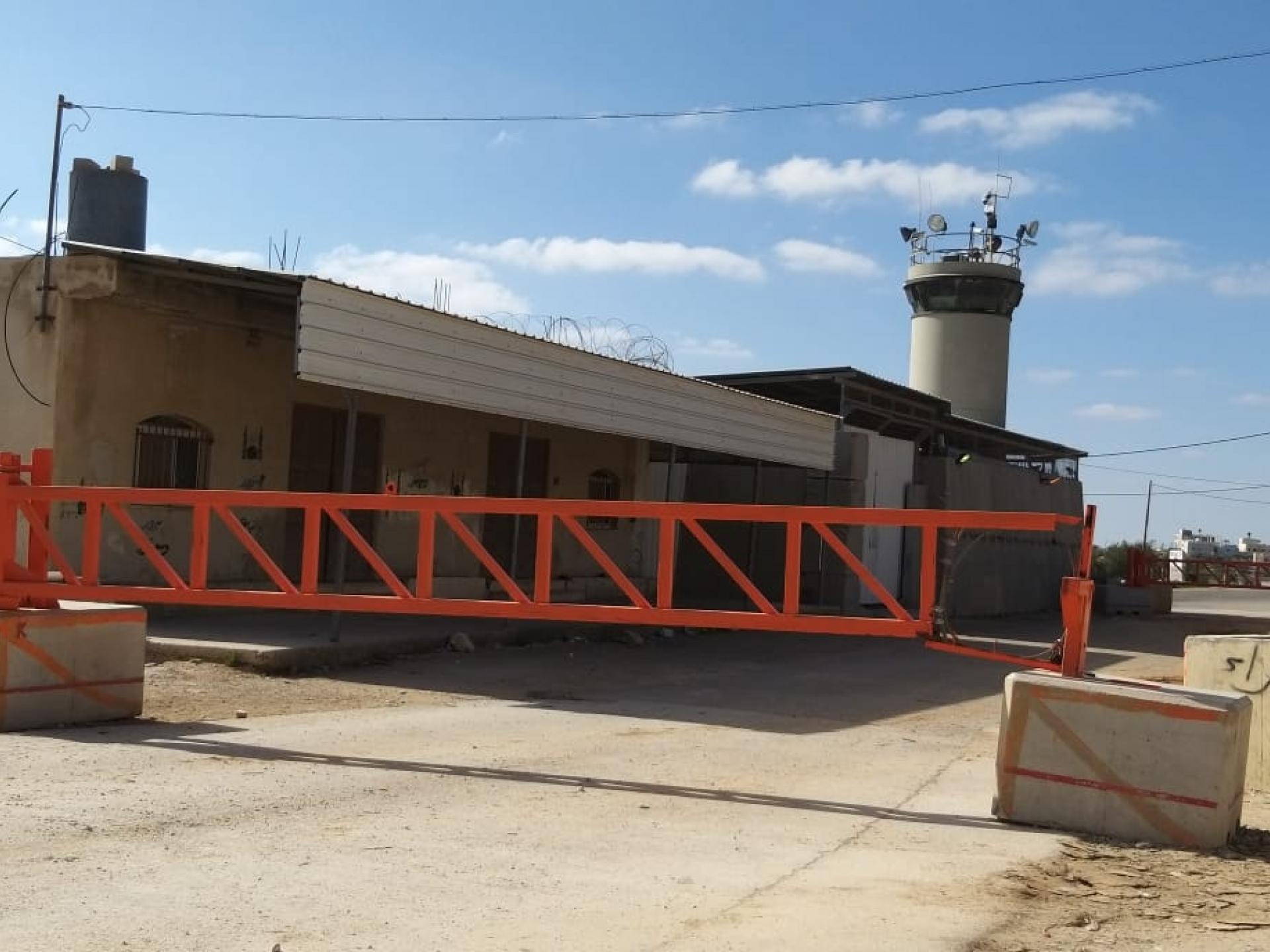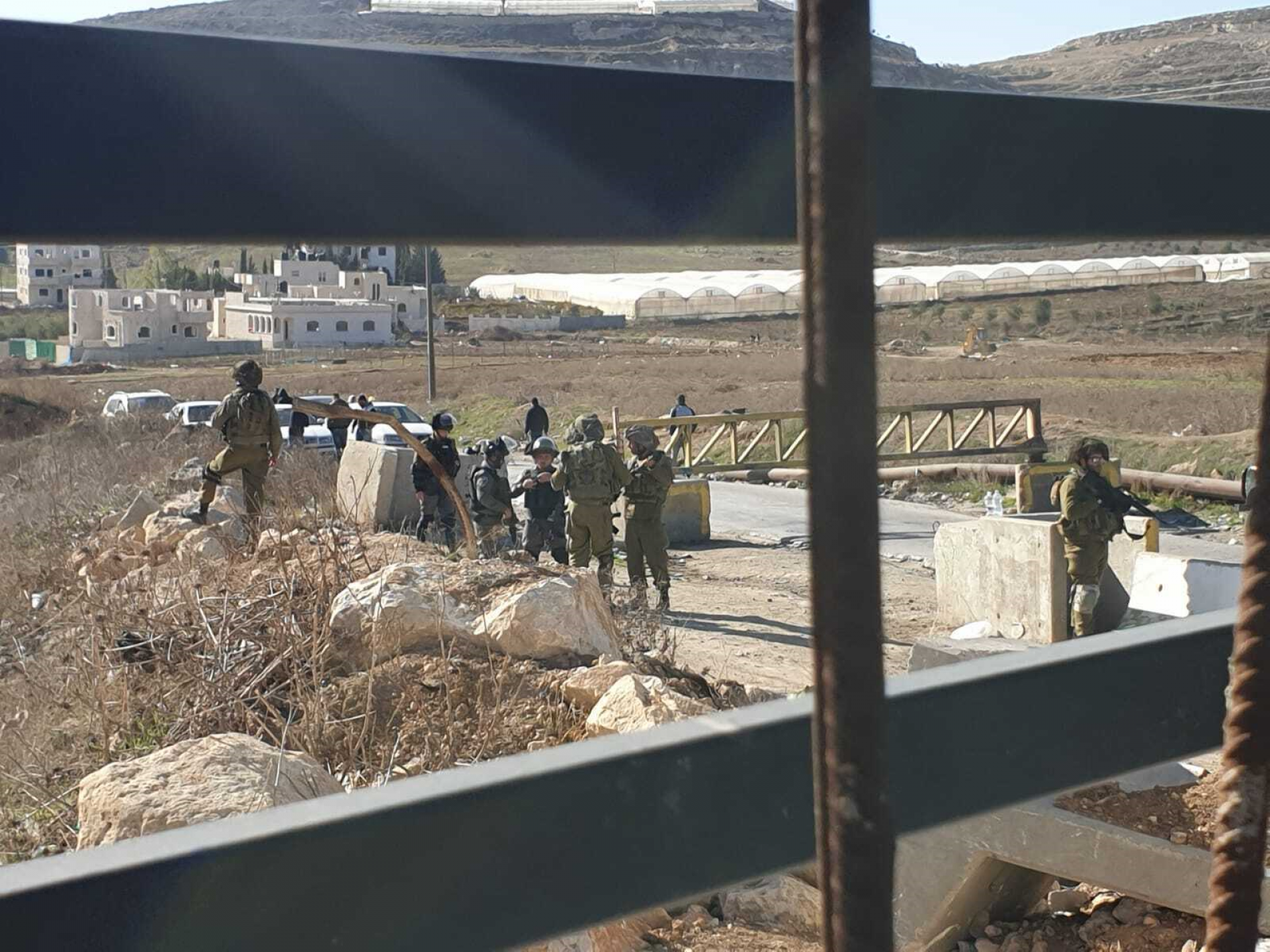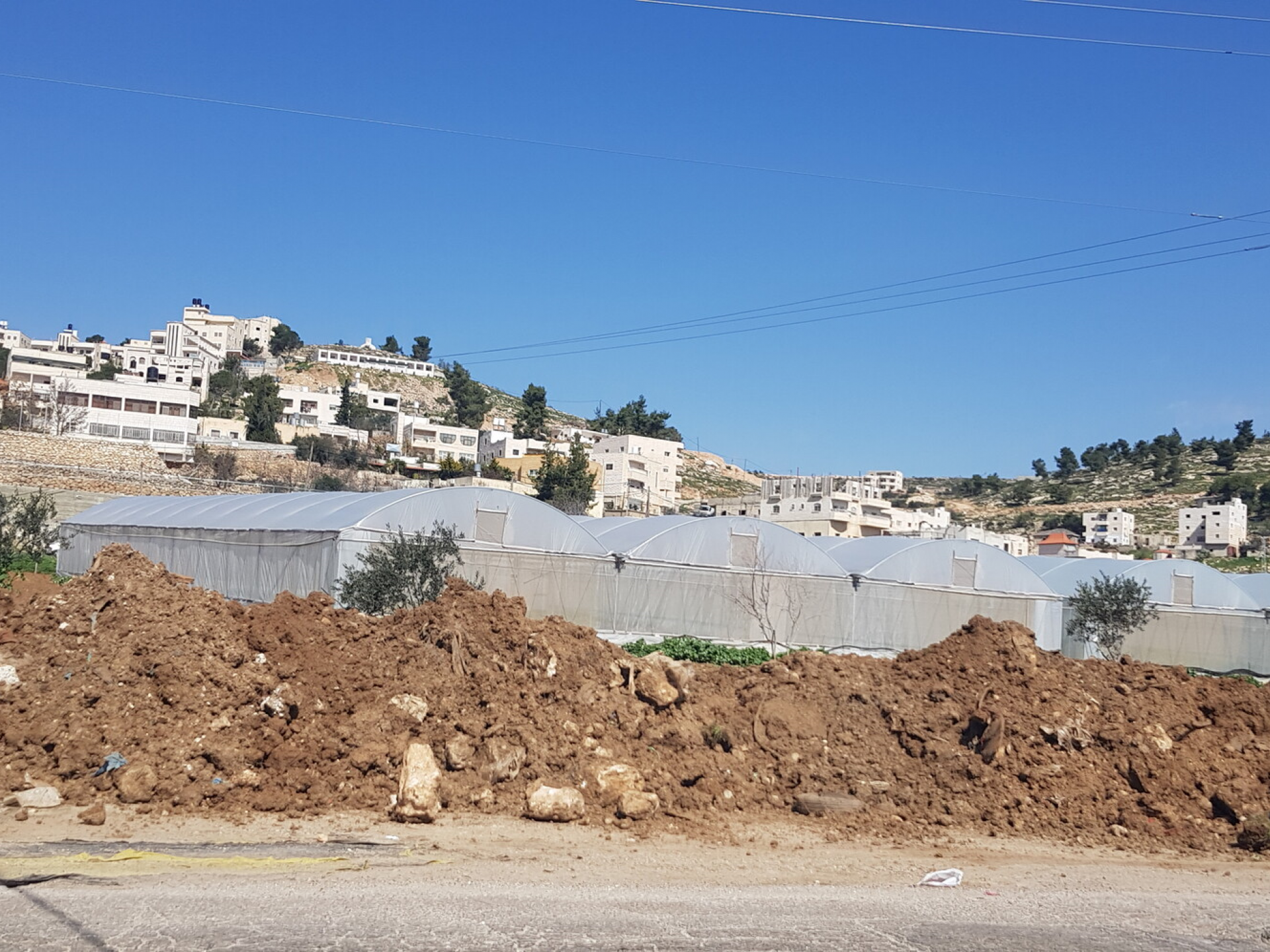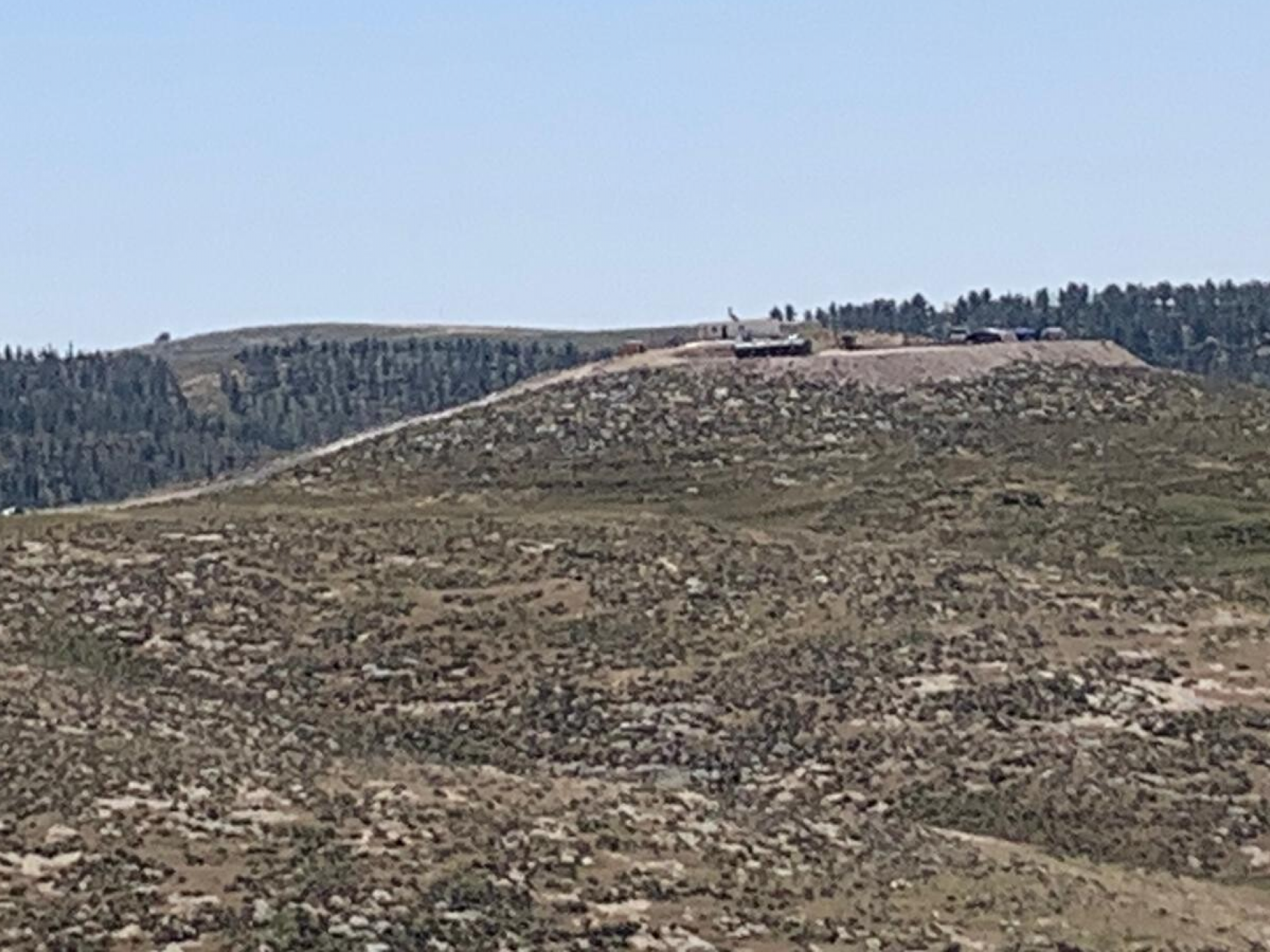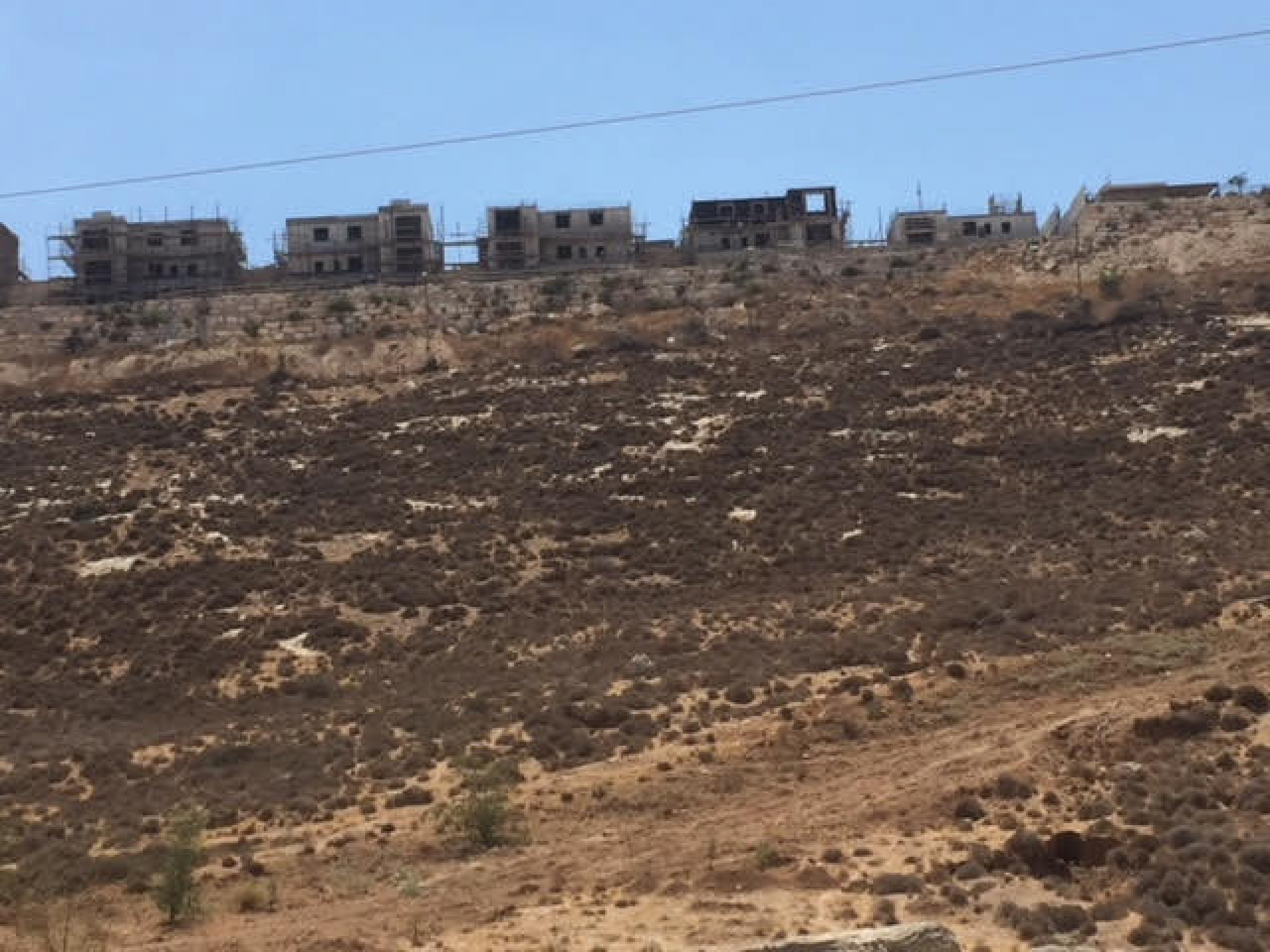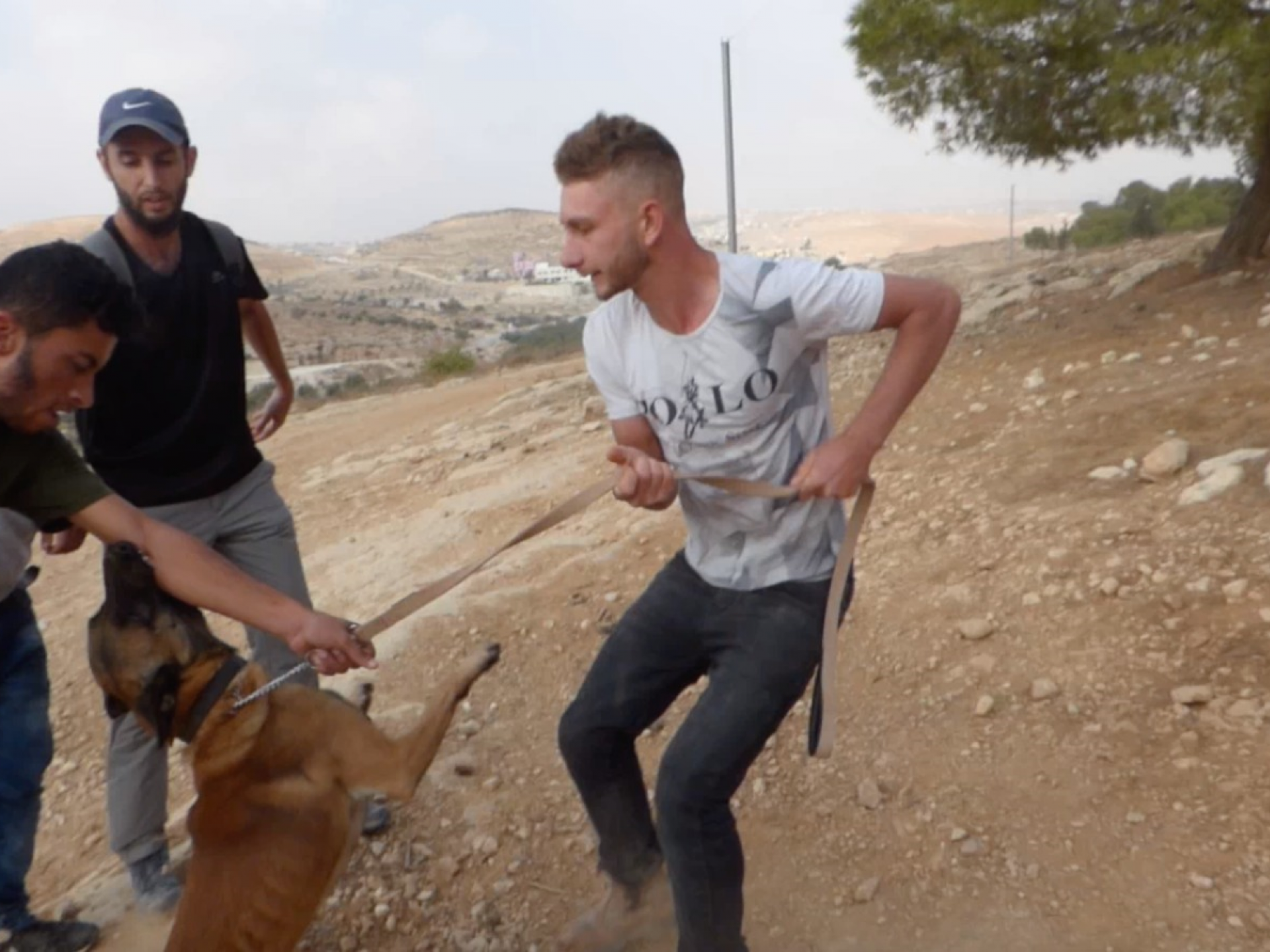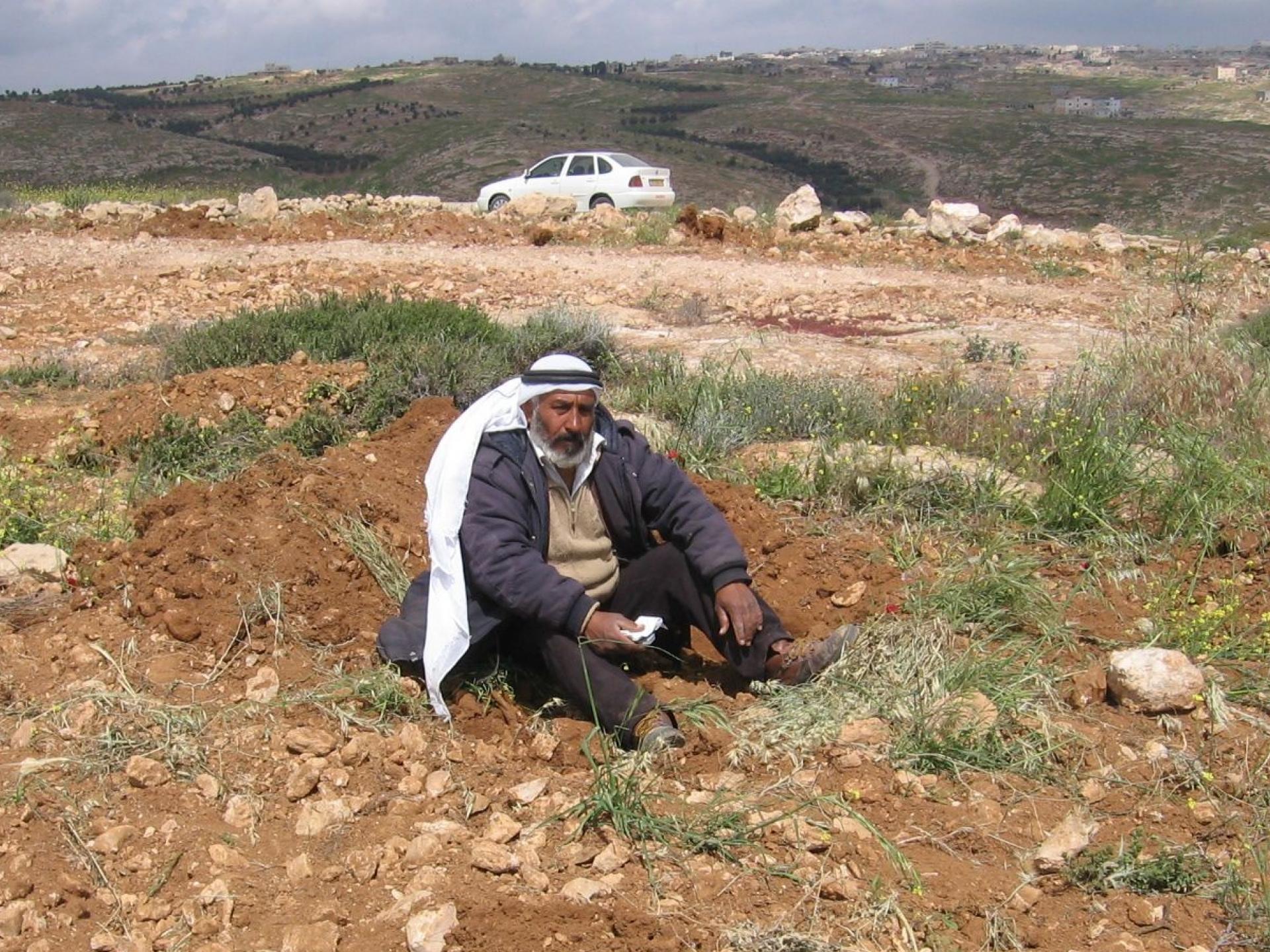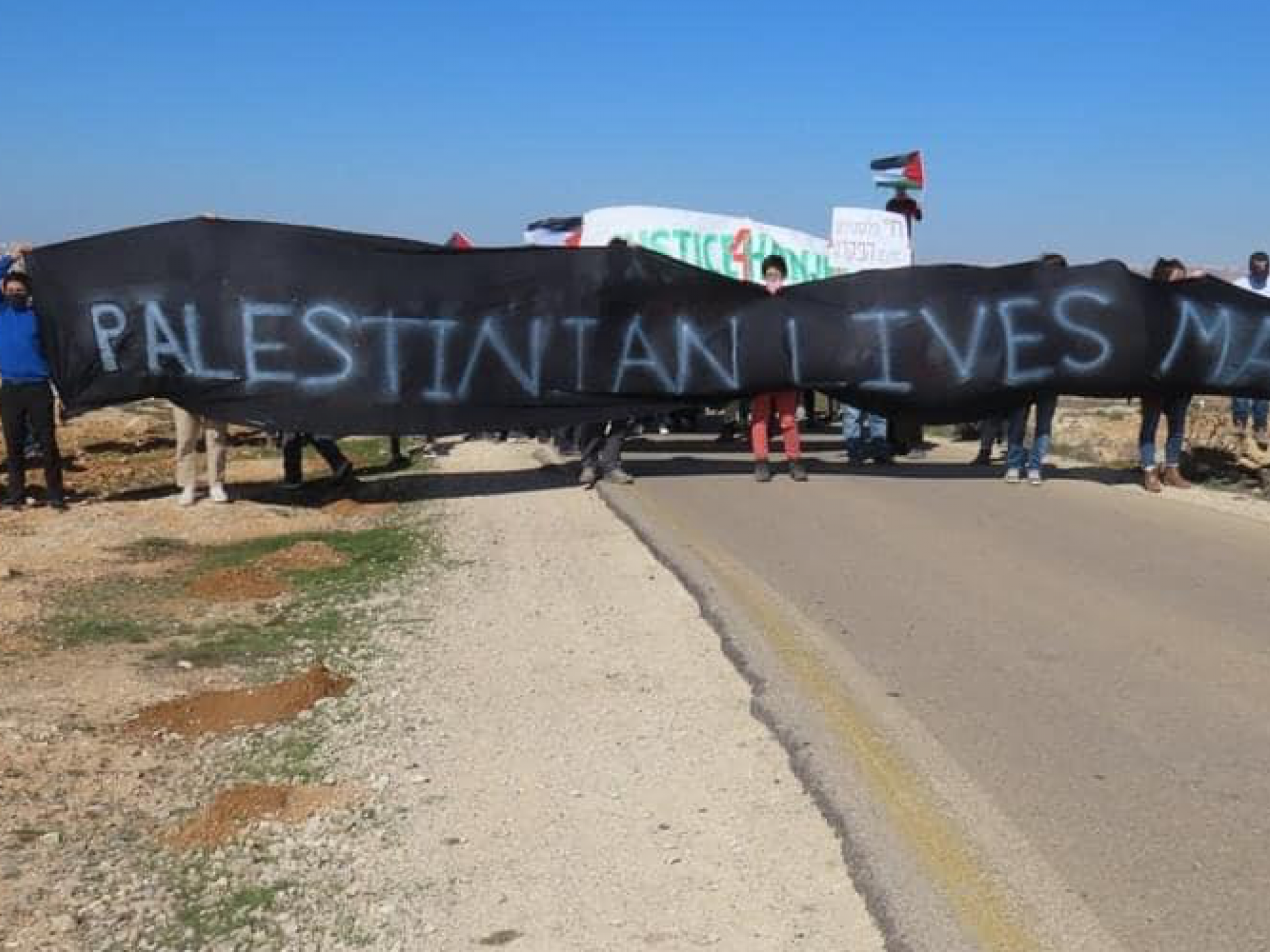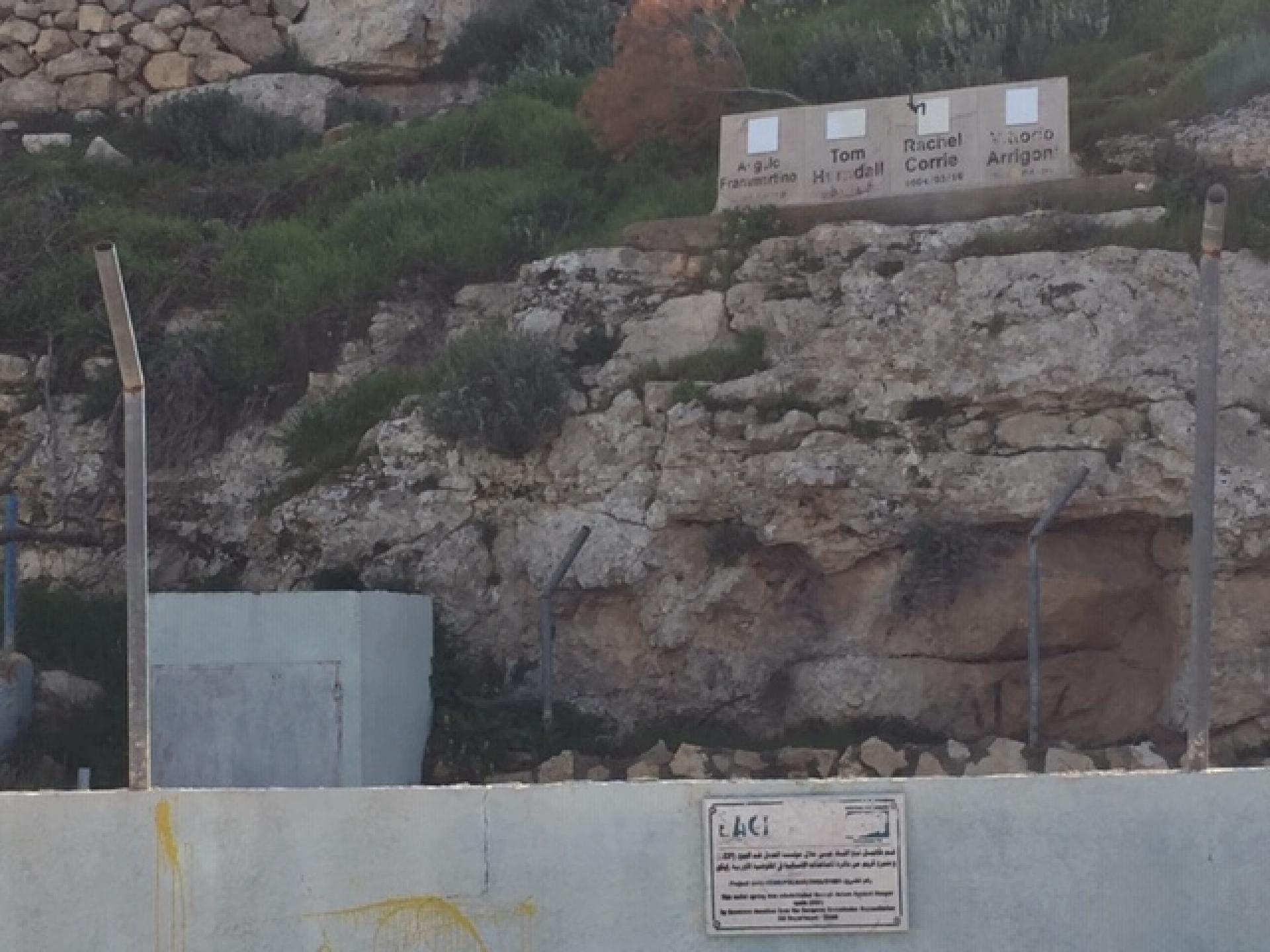The Hebron sub-district is home to 759,000 Palestinians and 17,562 settlers, and covers an area of 969,000 dunams. The settlers live in Kiryat Arba, in the Jewish settlements of Old Hebron and in about twenty settlements and outposts united in the Mount Hebron Regional Council. The countryside around Yatta is known as Masafar Yata (Yatta's daughter villages). The inhabitants of the villages subsist on sheep and agriculture. Agriculture is possible only in small plots, especially near stream channels. Most of the area is rocky and craggy.
Control Areas in the South Hebron Hills
Control areas A,B,CMembers of the southern group of MachsomWatch monitor and report on the goings on in Palestinian communities in the South and West Hebron Hills since 2004, and since then we tell the occupation narrative. Our reports provide ongoing documentation for years now of daily occurrences in the occupied area, most of which do not even approach the mass-media. Our monitoring and visits help create personal ties with the Palestinians and enable cooperation and an understanding on the part of Palestinians, that not all Israelis are settler-colonists, there are other Israelis as well. We have sometimes helped solve problems that are the consequence of a long, ongoing military occupation.
We began reporting checkpoints and blocked villages along road 60, between Beer Sheva (southern Israeli city) and Hebron, expanded to the city of Hebron itself, and later also began reporting the goings-on in this entire area, from Hursa in the west, Yatir in the south, Hashen Al Daraj in the east, and Shuyukh in the north. The area we cover is the South and West Hebron Hills and includes Palestinian communities as well as Israeli settlements and outposts. Over the years, our reports are also read by the ‘occupation authorities’ (responsible for everything in the checkpoints, army, Civil Administration) and have helped somewhat to improve conditions. We keep deliberating how to achieve the purposes of reporting without helping the occupation to become ‘easier’.
On the eve of Remembrance Day (the day before Israel Independence Day), the Israeli High Court decided on the transfer and expulsion of residents from 8 Palestinian communities in the area of Masafar Yata in the South Hebron Hills. Residents of the villages have been living under the threat of demolition, evacuation and expropriation since the IDF issued evacuation orders in 1999 based on the 1980's proclamation of their area of residence as a firing zone for IDF drills. None of the nearby settlements were included in this zone.The Masafer Yata Palestiniian villages retain a special lifestyle and ancient agricultural culture. They also posses a clear historical documentation that testifies to a Palestinian settlement in this area, generations before the establishment of Israel - long ago in the caves and in later times outside them.
Evacuating residents from the area means destroying these historic villages and leaving entire families (about 2,000 people, children, adults and the elderly) homeless. This is contrary to international law.
In June 2022, a firing drill has started, and life has become harder.
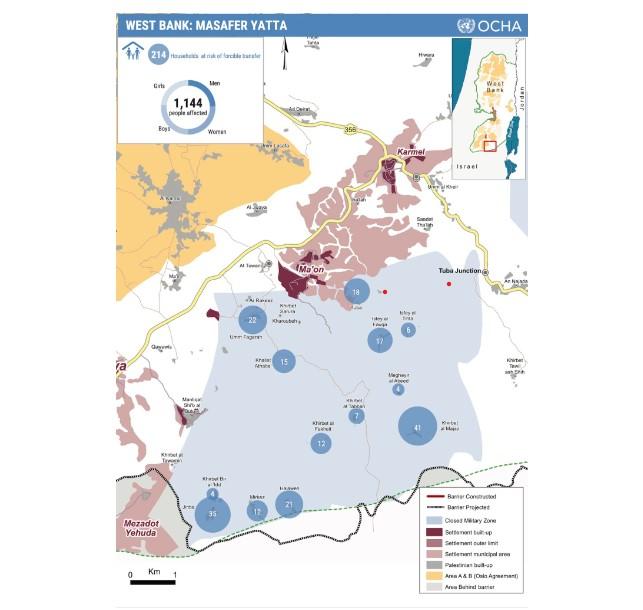
Since the 1980s, Israeli settlements have sprouted upon Palestinian land that used to serve Palestinian farmers, and in the past 20 years illegal outposts have been and still are being erected (See Talya Sasson’s report on illegal settler-colonist outposts), namely such that did not even get their sanction from Israeli authorities. Such outposts keep being erected along road 317, road 60 and inside Hebron itself, and get technical, engineering and security aid from the authorities and from the army. The settlements expand massively upon Palestinian lands, some even upon privately-owned Palestinian land. The going method at present is to create a ranch and wage a struggle with Palestinians over grazing grounds and farmland, especially olive groves.
Since the Oslo Accords, the policy of Israel’s government is an unceasing attempt to dispossess Palestinians living in Area C of their land, and impact their natural rights. The Civil Administration does not approve constructions plans, and thus the Palestinian population is denied its basic right to conduct its life in accordance with natural growth, to build dwellings and even vital public services such as clinics and schools.
does not approve constructions plans, and thus the Palestinian population is denied its basic right to conduct its life in accordance with natural growth, to build dwellings and even vital public services such as clinics and schools.
The activity of the army and Civil Administration includes blocking access roads, repeated expulsions of Palestinians from their homes – demolishing houses, tents, shacks, outhouses, outdoor ovens, sheep pens and troughs, blocking water holes, preventing work in the fields, preventing grazing and uprooting trees. All this is done in order to exhaust the Palestinians, drive them to despair and move to the city where they will be unemployed and devoid of any means of survival.
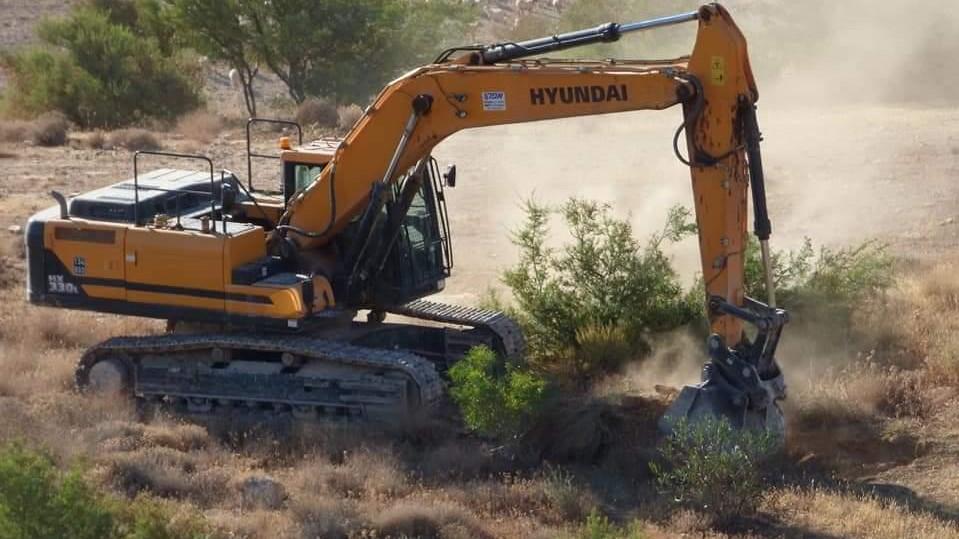

South Hebron Hills villagers suffer frequent harassment by the Jewish settler-colonists, alongside the attempts to expel them, and home demolitions conducted by the army. The army and police usually refrain from intervening in violent incidents and do not carry out the investigations required to enforce the law. Harassments in this region include assaults and the attempts to burn down dwelling tents, using dogs to attack people and livestock, attacking flocks, uprooting olive trees, harassing children on their way to school, and preventing access to grazing grounds.
- Violence in A-Tawani: In 2005 Havat Maon was created (an illegal outpost adjacent to the settlement of Maon), and these weird characters began to harass the Tawani villagers. Havat Maon is located on the hill right above Tawani, inside a wood, and it is very easy for its inhabitants to come down, do harm and disappear. The early damages focused on polluting water holes. At the end of winter 2005, towards the dry season, they threw a carcass of a chicken into Elder Saber’s water hold. Naturally the water hole was out of use until the next winter. Later, through inner organization and determination, the villagers began to resist the Havat Maon harassments, that also included frequent uprooting of trees and poisoning sheep (inspectors of the Nature Preservation Society arrive only if a protected animal such as a gazelle has been poisoned. The poisoning of sheep and goats does not interest anyone).
- in 2004-2005, with the help of a MachsomWatch initiative, the Israeli Knesset’s (parliament) education committee reviewed the problem of the harassment by Havat Maon settlers of the children of Palestinian village Umm Touba children on their way to school in Tawani. A directive was issued to provide the children military escort. Since then, every morning and noon, the Umm Touba children get Israeli army escorts. Naturally there is no escort for the summer season. In the Covid-19 years, the absence of crucial presence of international volunteers has been sorely felt, and abused..
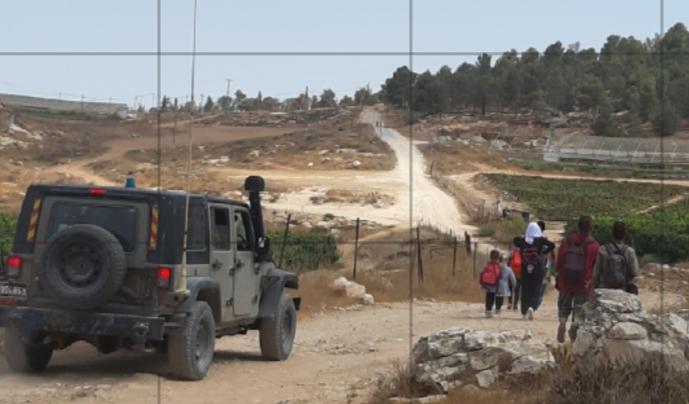
- Hurling a firebomb into a home in Dirat village, opposite Zif, beyond road 356: In January 2015, settlers furled a firebomb at night into a room in a Dirat village home, and covered the house with hate graffiti. The entire room was burnt. Luckily the dwellers slept in the next room, and were “only” hurt by the smoke.
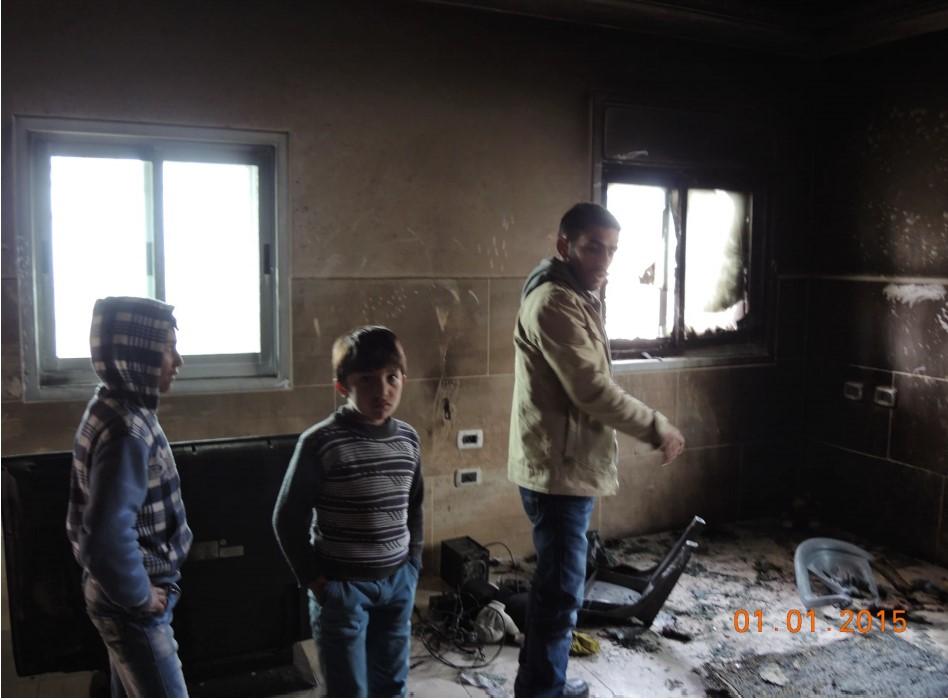
A new variant of settlement has arrived in the southern Hebron Hills: Establishment of a sheep farm: Erect two buildings on a hill; Pave a road, bring sheep, cattle and horses. Every morning hoist a drone, locating herds of Palestinians grazing in the field. Bring the herds of the farm backed by horses and dogs and expel the herds of the Palestinians. This is how grazing and agriculture lands are taken over. The "Amana" settlement movement boasted in 2021 that this was a particularly economical method, so that they had already "conquered" 1,000 dunams.
Evil winds are blowing In the south Hebron hills in 2021. The settlers' attempts to violently control water cisterns and other areas on the outskirts of the Palestinian villages are intensifying. There is an increase in the numbers of attackers, violence and the frequency of attacks. They are aided by the political lords (Gvirim in Hebrew) in Jerusalem. The Palestinian residents are on guard day and night - also because of the of the acts of the Israeli security forces - from arrests under various pretexts (the release after a few hours proves that the reasons were unjustified) to the siege of the village or firing at the village from a distance for no reason.
Is this the future of the region?

